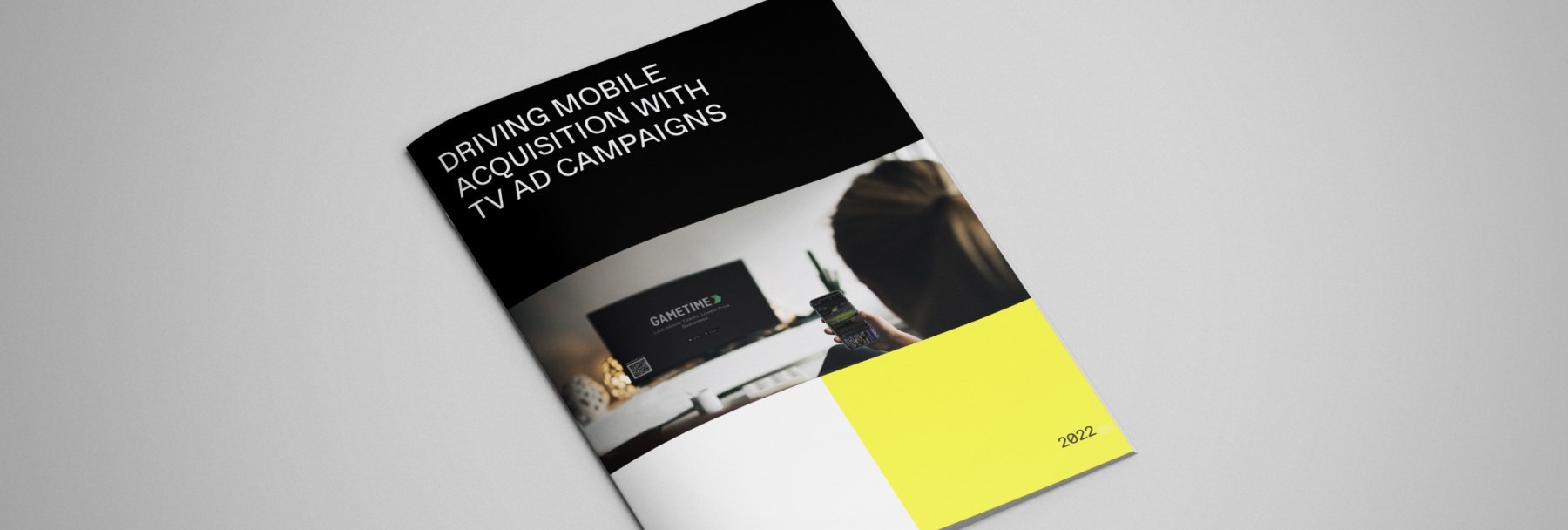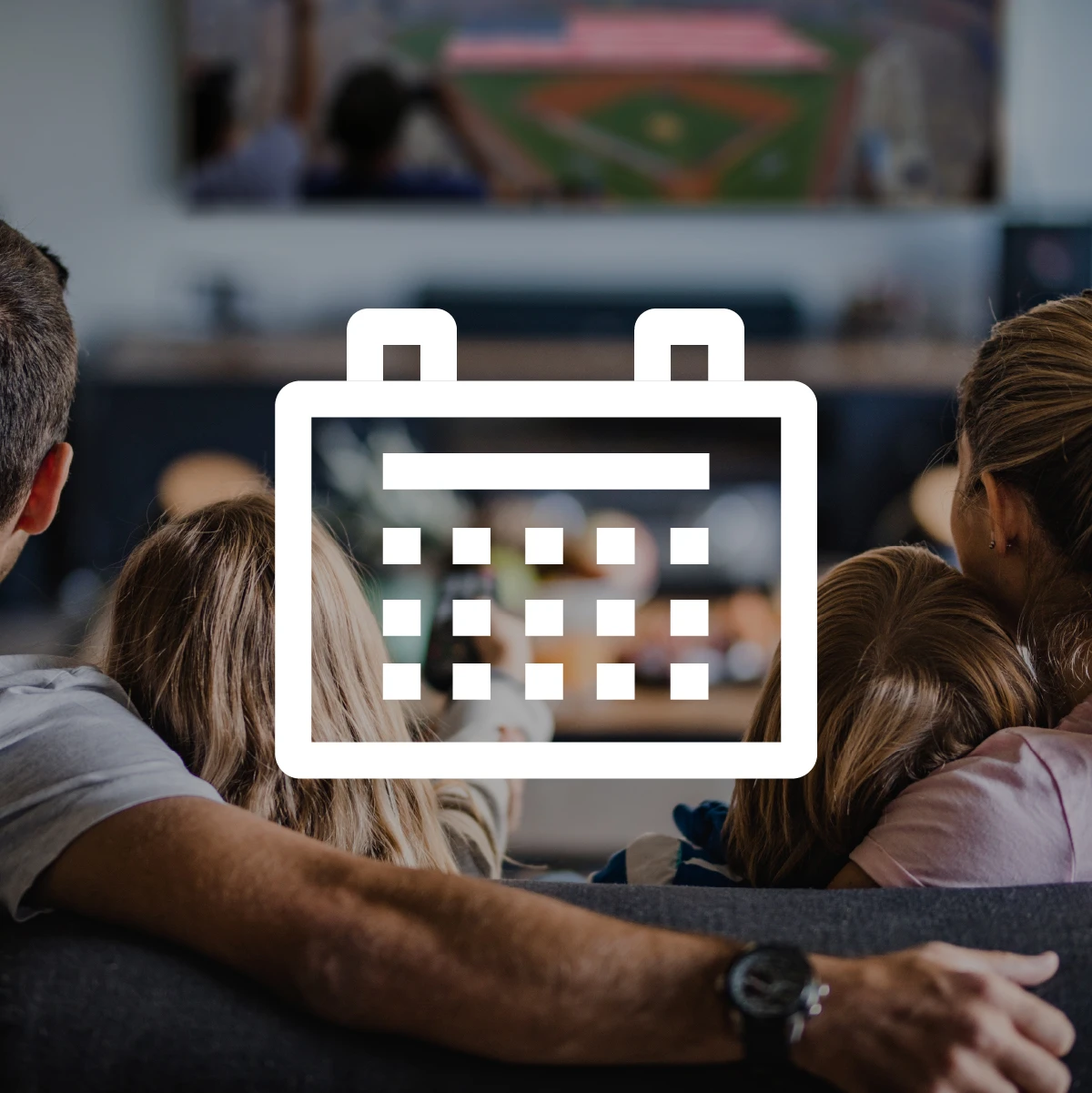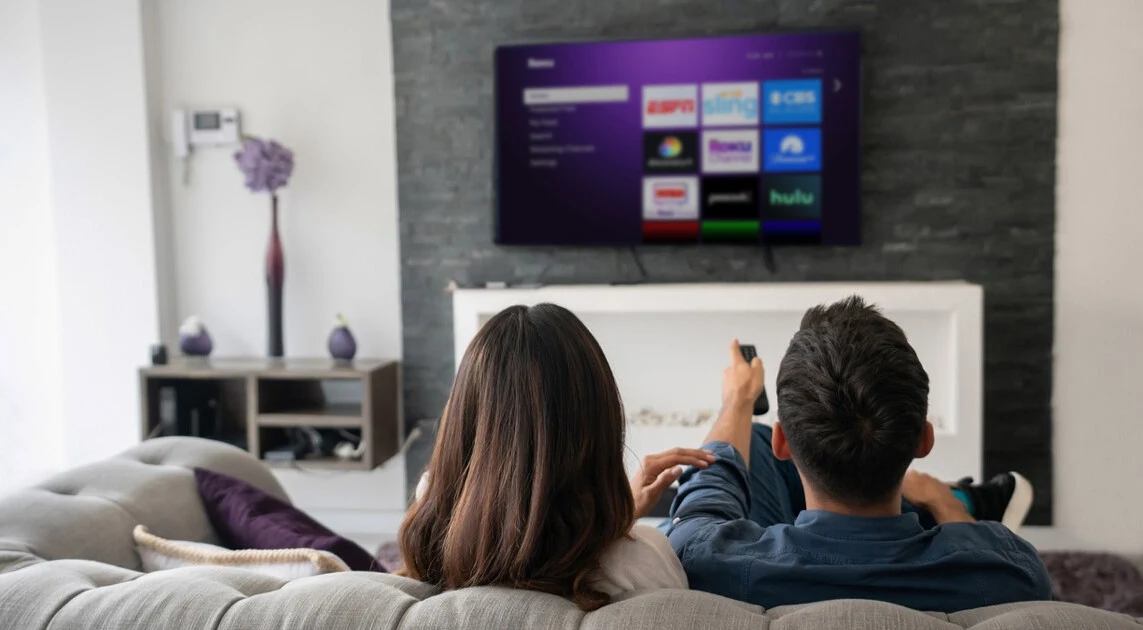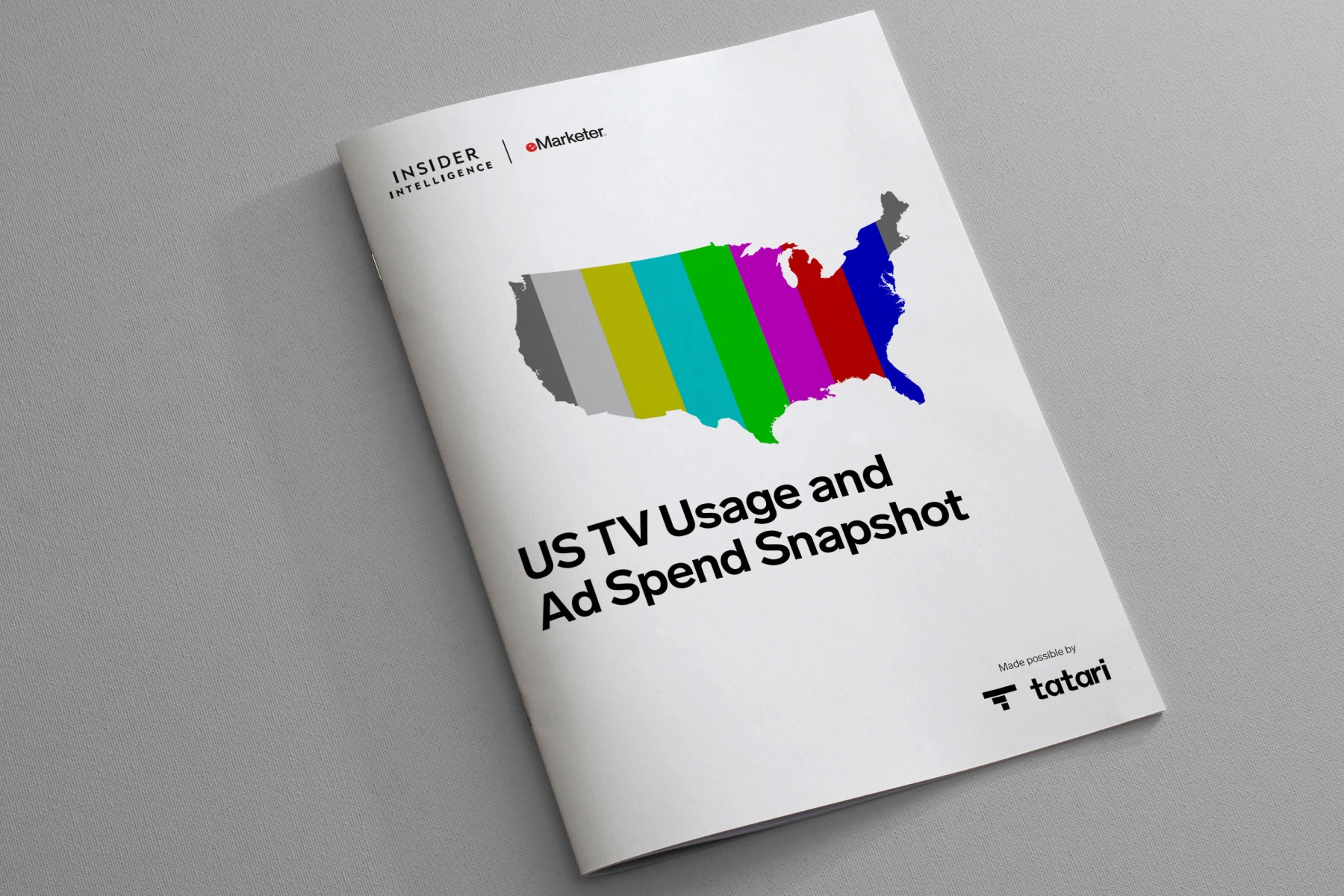
TV Ads Drive Mobile-App Re-engagement
Picture this: your mobile app sees a spike in downloads after a recent marketing campaign. Usage is high, conversions (namely sales) are up…things are looking good. But then you notice some of those users begin to use your app less frequently. Engagement begins to decrease.
This is a problem many mobile apps—especially those that are reliant on seasonal trends—face on a daily basis. The real question is how can user acquisition marketers get these users to come back into the fold and reengage with their app? For Gametime, the leading mobile ticketing marketplace for last-minute sports & entertainment tickets, the answer is TV advertising.
For a mobile ticketing service, app usage is directly correlated to the live events happening at present. When concerts, comedy shows, and a full slate of professional sports are happening across the US, app traffic surges. But what happens when those events come to a screeching halt (we’re looking at you 2020)? When your “inventory” is removed, little can be done to move the business forward.
Fast forward to 2021—when live events began to pick back up—Gametime knew they had to make a splash to get users back to their platform. As such, they partnered with Tatari to reengage inactive users. What they found was truly remarkable.
In the chart above, we are looking at 3 key groups: users who have been inactive for 1-day, 7- days, and 90-days. For these three groups, response rate (ie. app visits) was tracked during a 10-minute window following a TV ad airing.
We see that 1-day inactive users respond immediately - which makes sense, as these are likely loyal users but just needed a reminder to check out today’s event schedule. 7-day inactives also jump back into the app, albeit at a slightly lower threshold than our one-day. But the most telling aspect of this entire exercise is that, while small compared to the other groups, we still see that TV ads elicit a response from users who have been disengaged for 3 whole months!
The main takeaway here? TV ads provide massive reach and scale for brands of all industries and sizes. And while the goal of every marketing push is to drive action from those who see it, it’s even more impressive when those actions come from folks who already have your app installed. In the case of Gametime, TV helped them reach incremental audiences, drive new users, and reengage those who had lost interest. We’ll call that a win for Gametime.
So, now the question is, how can your app find success on TV? Check out our mobile white paper for additional examples of mobile app brands that are driving user acquisition with linear and streaming TV ad campaigns.
White Paper: Driving Mobile Acquisition With TV Ad Campaigns
Most mobile and app-focused brands eventually find themselves in this all too familiar scenario. Customer acquisition costs on their social/digital channels begin to rise, their audience becomes oversaturated, and they are left wondering if the days of scaling efficiently are in the rearview mirror.
Tatari gives UA and growth marketers an opportunity to find digital-like performance on linear and streaming TV, but at a significantly higher scale. Calm, Ibotta, Teladoc Health, and Truebill are just a few of the many mobile app companies that use Tatari’s platform to drive installs and re-engagement. Over time, we have found that the most common questions and/or uncertainties UA marketers have about TV advertising relate to the following five topics:
Cost and budget
Measurement
Driving installs and re-engagement
Streaming vs Linear TV
Getting started
This guide is meant to provide a more in-depth overview of these areas, using real-world examples.

Nick Carlson
I’m a marketer who is fluent in movie quotes.
Related
Market Update: Why Now is the Time to Advertise on TV
When businesses attempt to deal with economic uncertainty, a magnifying glass is often placed on advertising budgets. But as history shows, brands that weather the storm and maintain advertising activity typically fare better than those that pull back.
Read more
Data Science Deep-Dive: Frequency Optimization Analysis Improves Client Campaign Efficiency
See how a DTC Health Tech client improved CPA and increased reach using Tatari's frequency optimization calculations.
Read more
eMarketer Snapshot: TV Advertising Trends in 2022
Download this exclusive new snapshot report for a granular look at the 2022 US TV landscape, which includes breakdowns of viewership, time spent, ad spend, and more across traditional TV, CTV, and over-the-top (OTT) video.
Read more


